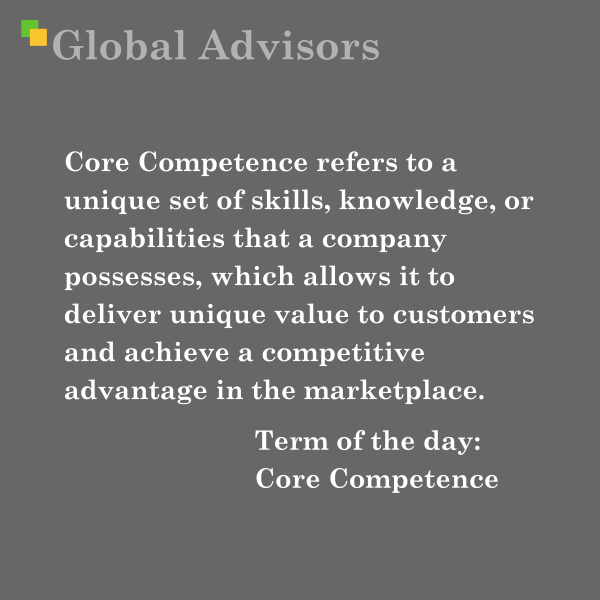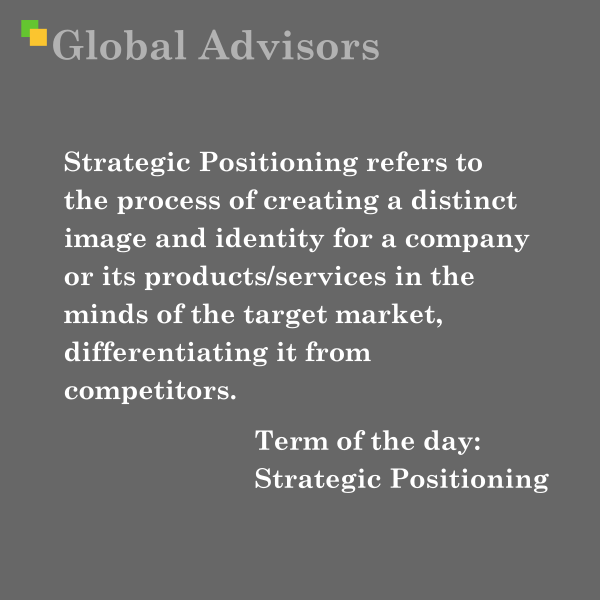Core Competence refers to a unique set of skills, knowledge, or capabilities that a company possesses, which allows it to deliver unique value to customers and achieve a competitive advantage in the marketplace. This concept was introduced by C.K. Prahalad and Gary Hamel in their seminal 1990 Harvard Business Review article, “The Core Competence of the Corporation.” They argued that companies should focus on identifying and nurturing their core competencies to build long-term strategic advantage, rather than just focusing on individual products or markets.
Related Theorist: C.K. Prahalad and Gary Hamel
In the landscape of business strategy, few ideas have had as lasting an impact as “core competence.” This concept, articulated by C.K. Prahalad and Gary Hamel in their influential 1990 Harvard Business Review article, arose from the observation that many companies struggled to achieve sustained growth and innovation despite restructuring and cost-cutting throughout the 1980s. Prahalad and Hamel recognized that the real engine of long-term competitive advantage was not in organizational charts or product portfolios, but in the unique knowledge, skills, and capabilities embedded deep within an organization.
They argued that the most successful companies were those able to identify, nurture, and leverage these core competencies—essentially, the things a company could do uniquely well, often difficult for competitors to imitate. Rather than pursuing a broad range of activities or simply reacting to market pressures, companies that focused on their core competencies could create new markets, deliver exceptional customer value, and withstand shifts in the competitive landscape.
Prahalad and Hamel’s insight placed a premium on the human side of organizations: expertise, collective learning, and collaborative problem-solving became strategic assets. Their work challenged executives to think beyond products and divisions, asking instead what underlying capabilities could be stretched across markets and geographies to fuel growth. For example, a firm known for its supply chain expertise or brand power could use those competencies to move into new industries or create entirely new product categories.
Today, the idea of core competence is foundational in both academic strategy literature and practical management. It guides leaders as they assess strengths, build cross-functional teams, and prioritize investments, all in pursuit of sustainable competitive advantage. By understanding and harnessing what they do best, organizations can define their identity, differentiate themselves in crowded markets, and deliver unique value that stands the test of time





